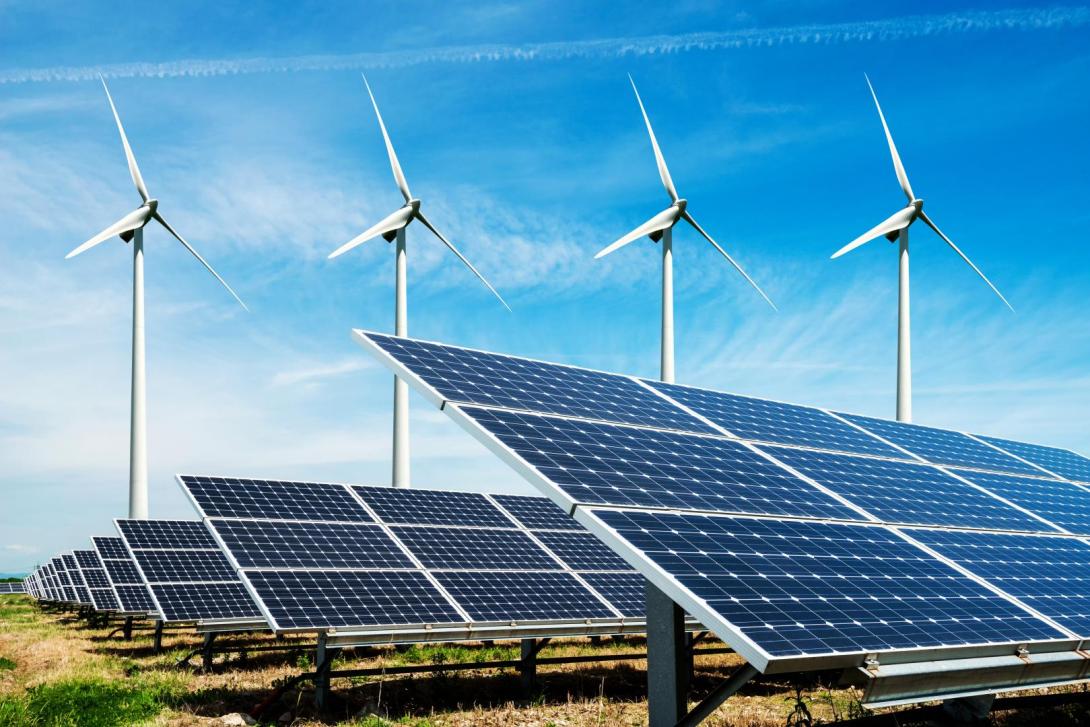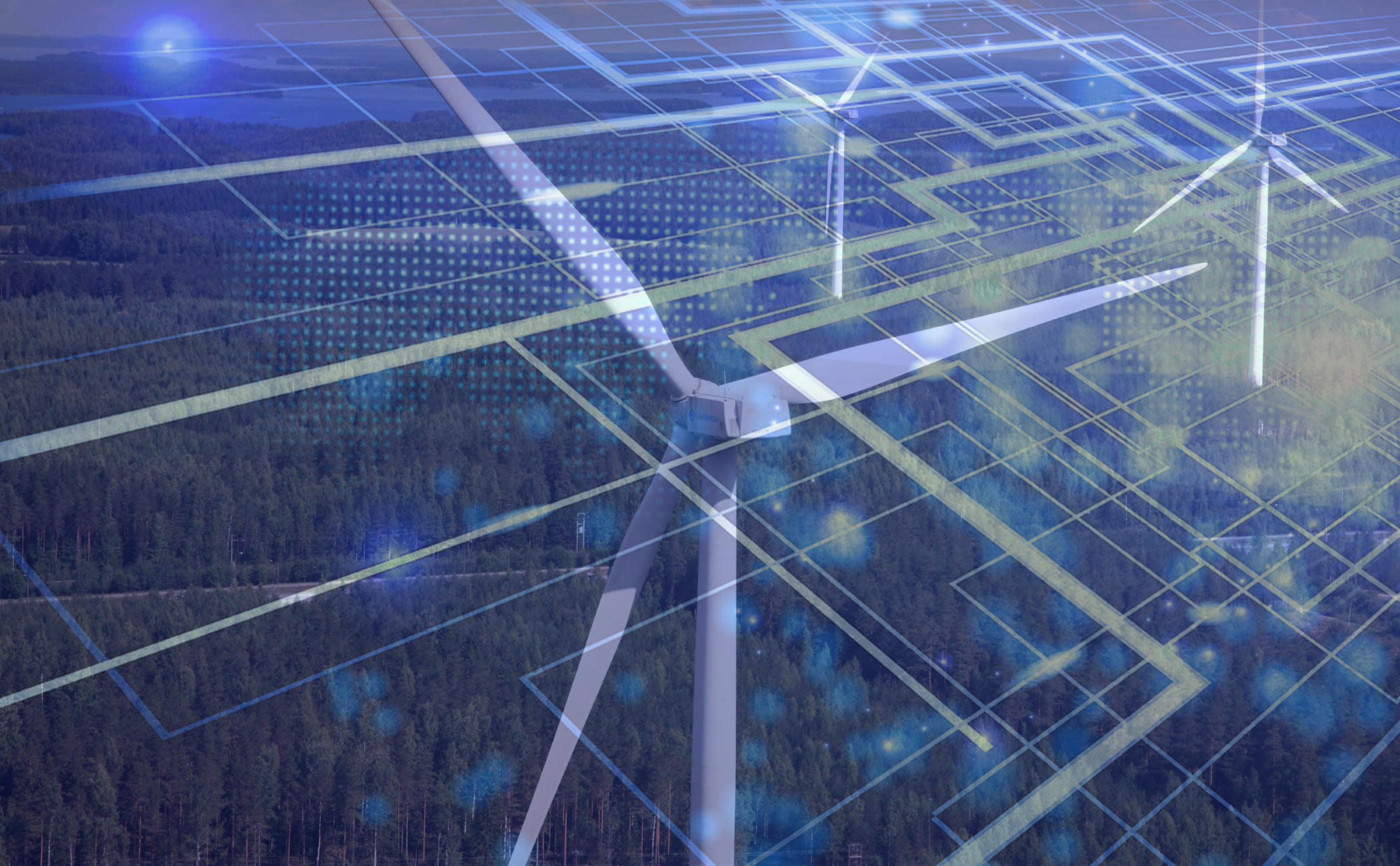Ilkka Räsänen, the City of Lappeenranta's Environment Director, says that the city wants to act responsibly in basic services such as procurement, energy use, mobility and recycling. In addition, green thinking is actively promoted, for example by introducing it into the education curriculum and communicating it to residents through energy advice and various events and campaigns. And the results are there. Greenhouse gas emissions have been reduced by 48% and the amount of gas and oil used in energy production has fallen rapidly.
- The recycling rate of household waste is among the best in Finland, while costs are under control," says Räsänen.
- Other good results include the fact that the energy efficiency of the city's buildings has increased by more than 20% over the past seven years and that the city was able to save around 5% of its energy consumption in winter.
The use of private cars is a major source of emissions in sparsely populated areas, but public transport has started to perform well again now that the interest rate has been lifted. Räsänen is also pleased that cycling's share of traffic has increased as new and smoother infrastructure continues to be built in the city.
A large number of companies and other stakeholders involved
In addition to residents, a large number of businesses and the public sector, including the city, universities and research institutes, are actively involved in Lappeenranta's green transition and sustainable development efforts. A good example is the Greenreality Network, a business-oriented energy and environmental network in South Karelia coordinated by the City of Lappeenranta.
- Its purpose is to create growth and new business opportunities for its members and the region," says Räsänen.
- The network includes energy and environmental companies, municipalities in the region and research and education institutions. There are currently more than 50 members.
A driver of the hydrogen economy
Lappeenranta wants to be at the forefront of the introduction of the hydrogen economy. To this end, the city recently established the Finnish Hydrogen Valley Association, which aims to promote renewable energy production and the hydrogen economy.
- The idea of building a hydrogen network has been enthusiastically received not only in South Karelia, but also by municipalities, companies and development companies in North Karelia and the Kymenlaakso-Loviisa region," says Räsänen.
- Right from the start, 30 members, including 17 companies, have joined the association, which has already made significant progress in terms of investment. St1 is planning a large pilot plant for synthetic methane or methanol in Lappeenranta in the hydrogen economy.
- This is a major investment of €130 million, for which the Ministry of Economic Affairs and Employment has granted funding of €35.4 million," says Räsänen.
- St1 will make an investment decision on the project once all the processes required for permits have been approved. If all goes well, the plant will be operational in 2026.
Major investments in solar and wind power
A number of major investments are in the pipeline in Lappeenranta and South Karelia to address the energy challenge of climate change. According to Raäsäsä, they will focus on solar power generation, the exploitation of wind power, the development of small nuclear power plants and the transition away from fossil fuels.
- There are also a few large-scale solar power projects pending in the region," he says.
- Forus Oy's Konnunsuo power plant with a target capacity of 250 MVA and the Huuhansuon-Suursuo solar power plant project are the most advanced. Both projects are at the planning stage. For Huuhansuo-Suursuo, the scale of the project depends on the willingness of landowners to participate. An environmental impact assessment procedure is also under way. For Konnunsuo, the planning process is in its final stages.
There are also challenges associated with large projects, such as biodiversity considerations and private landowner interests, as well as land use challenges. Räsäsäse says that the best way forward is to respect the parties involved and nature. In addition to large-scale projects, solar power investments of smaller capacity and size are also planned for Lappeenranta and the South Karelia region.
Nuclear power is also an opportunity
Small modular nuclear power plants (SMRs) are one of the future opportunities in the energy transition. LUT-University is conducting pioneering research in this area and the City of Lappeenranta is involved in the project to provide a site for a pilot plant. In the case of SMR, implementation also requires a lot of cooperation with different parties, including the legislator, as the processes for building a nuclear power plant are very lengthy under the current laws. Small size and modularity could allow for faster processes without compromising safety.
The limit makes it more difficult to use wind power
Wind power in eastern Finland has been difficult to deploy due to the proximity of the border and radar activities. Plans to make this possible are being updated. The city is exploring with the Ministry of Defence the possibilities for new projects
- Luumäki has a project called Myrsky O, which includes both wind and solar power, says Räsänen.
- The Hydrogen, Power to the South East project is also exploring potential sites.
There are many large green electrification projects underway in South Karelia, such as TEM's ecosystem agreement, and Räsänen sees a bright green future.
- There is a lot of work to be done, but Lappeenranta has chosen the right direction in embarking on the path of sustainable development and high-tech development together with LUT University and companies.
More information:
Ilkka Räsänen, Director of Environment,
City of Lappeenranta
p. 0400 815 284
ilkka.rasanen@lappeenranta.fi




